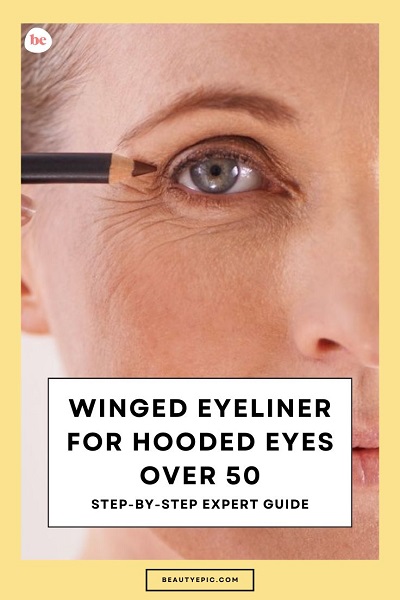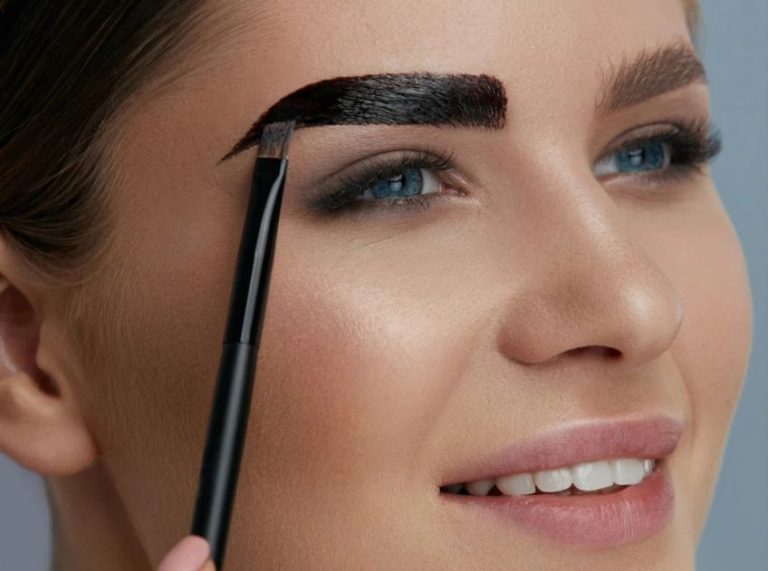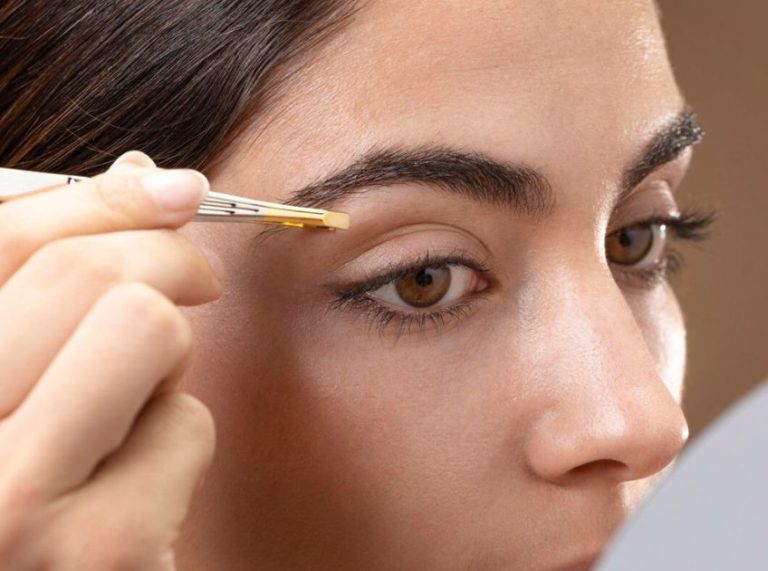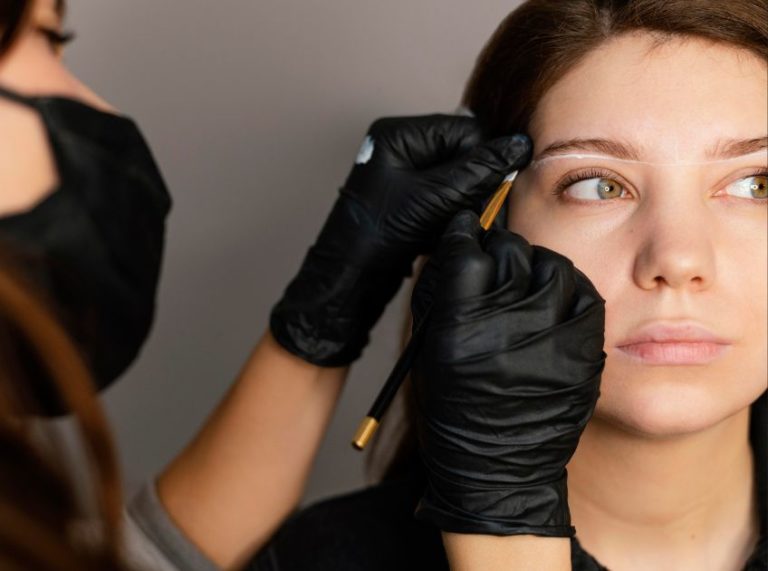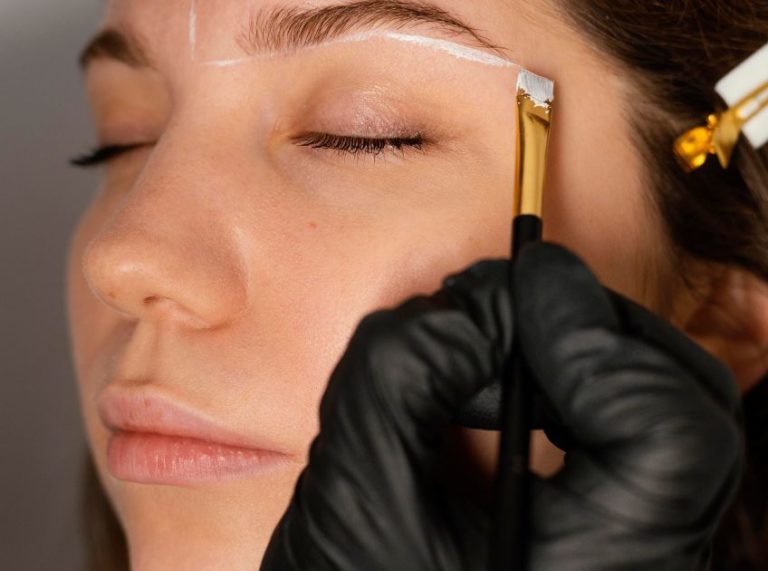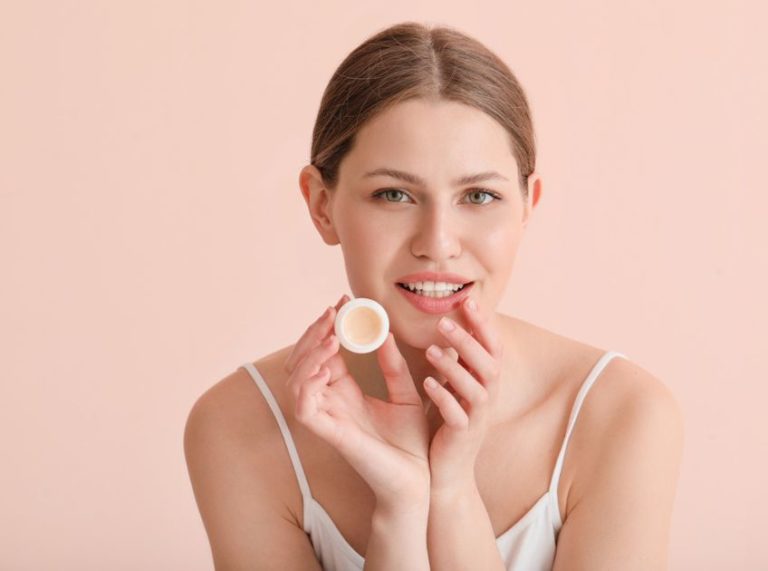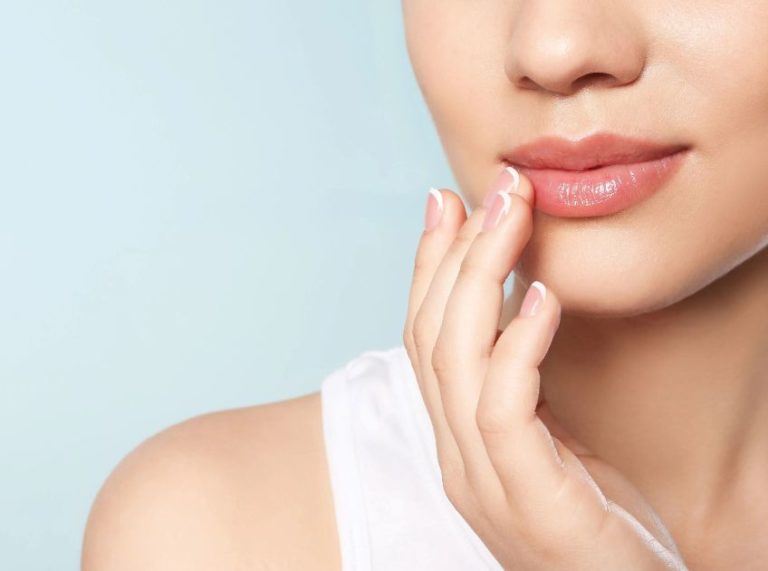
Important: This article is for informational purposes only. Please read our full disclaimer for more details.
Winged eyeliner can lift and define the eyes, but for those over 50 with hooded lids, the technique requires a few smart adjustments. As our eyelids naturally change with age, traditional winged eyeliner styles may not work quite the same. The good news? With the right approach, tools, and a few pro tips, anyone can master a flattering wing—even on mature, hooded eyes.
In this guide, you’ll learn expert techniques to create elegant, age-defying winged eyeliner that suits your eye shape and enhances your natural beauty.
Understanding Hooded Eyes After 50: What Changes?
As we age, collagen loss and muscle relaxation can lead to more prominent hooded lids, where the upper eyelid folds over the crease and sometimes hides the lash line. This shift can cause eyeliner to smudge, transfer, or disappear when your eyes are open.
But this doesn’t mean winged eyeliner is off-limits. With thoughtful placement and specific product choices, you can lift and define your eyes beautifully.
Prepping the Canvas: Skincare and Priming Tips
Before you even reach for your eyeliner, preparing your eyelid is key. Mature skin tends to be drier and may have more texture, so smoothness and staying power depend on how you prep.
- Start with an eye cream – Use a lightweight, non-greasy formula to hydrate without making the lid slippery.
- Apply a matte eyeshadow base or primer – This reduces creasing and prevents your liner from smudging.
- Avoid shimmer or gloss on the lid when lining – Matte finishes offer better grip for eyeliner and prevent slipping.
Choosing the Right Eyeliner: What Works Best Over 50?
Mature, hooded eyes benefit from formulas that are long-wearing, smudge-resistant, and easy to control. Here’s what to look for:
- Pencil eyeliner: Great for beginners and soft, smudged looks. Choose waterproof versions to prevent transfer.
- Gel or cream eyeliner: Ideal for control and precision with a fine angled brush.
- Liquid pen liners: Best for a sharp wing—but only if you have a steady hand and a quick-drying, transfer-proof formula.
Pro tip: Avoid overly thick lines or heavy black unless you’re going for a dramatic look. Charcoal, espresso brown, or soft black are more forgiving and flattering for mature skin.
Step-by-Step: How to Apply Winged Eyeliner for Hooded Eyes Over 50
1. Start with Your Eye Open
Look straight into the mirror with your eyes open and relaxed. This helps you draw the wing in a way that’s visible when your eye is in its natural state.
2. Map the Wing First
Instead of starting at the lash line, sketch the wing first. Use a small angled brush or pencil to draw a short line extending from the outer corner of your eye, angled slightly upward toward the tail of your brow.
Pro tip: Keep the angle subtle—too steep and it may disappear into the hood.
3. Create a Small Triangle
From the tip of the wing, draw a short line inward, creating a small triangle that connects to your lash line. Keep it within the visible lid area so it doesn’t vanish when your eyes are open.
4. Fill and Refine
Fill in the triangle and line your upper lash line, keeping the line thin at the inner corner and slightly thicker as you move outward. Use small strokes rather than dragging for more control.
Keep the Lower Lash Line Soft
Avoid harsh liner under the eye—it can make eyes appear smaller and draw attention to under-eye lines. Instead, smudge a bit of taupe or brown eyeshadow softly under the lower lashes for definition.
Common Mistakes to Avoid with Mature, Hooded Eyes
- Avoid thick wings: They often get lost in the fold and can overwhelm the eye.
- Don’t pull the skin: Tugging distorts the natural shape and can lead to uneven results.
- Skip liquid liner on crepey lids: Opt for gel or pencil formulas that glide smoothly.
- Ignore eye shape: Every hooded eye is unique. Adjust your wing placement based on your specific fold and lid space.
Enhancing the Look: Eyeshadow and Mascara Tips
Winged eyeliner looks best when paired with complementary makeup that enhances without competing:
- Use neutral matte shadows to contour the crease and lift the brow bone.
- Curl your lashes and apply lengthening mascara to open the eyes further.
- Highlight the inner corners of your eyes with a soft champagne or nude shimmer for added brightness.
Frequently Asked Questions (FAQ’S)
1. Can women over 50 still wear winged eyeliner?
A. Absolutely. It just takes the right technique and softer, more flattering shades. Winged liner can lift and define mature eyes beautifully.
2. What’s the easiest eyeliner for hooded eyes?
A. Gel liners or soft pencils are easiest to control. Look for smudge-proof formulas that won’t transfer onto the lid.
3. How do I stop eyeliner from smudging on hooded eyes?
A. Always use a primer, avoid oily eye creams, choose long-wear products, and set your liner lightly with a matching eyeshadow.
Final Thoughts: Confidence is the Best Liner
Winged eyeliner for hooded eyes over 50 isn’t just doable—it can be stunningly elegant. With the right products, a little practice, and a gentle hand, you can create a timeless, lifted look that enhances your eyes without fighting against your natural shape.
Remember, makeup should empower you, not frustrate you. So take your time, experiment with what feels good, and wear your wings with confidence.
